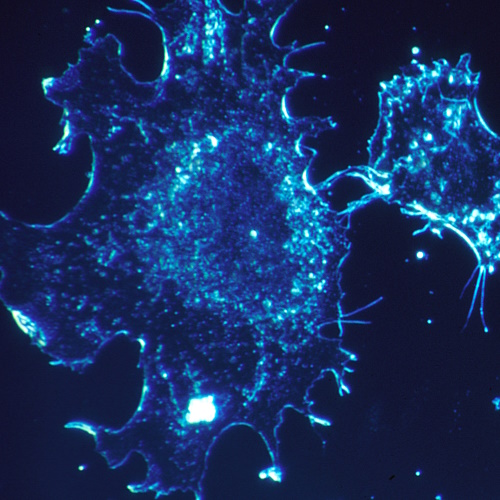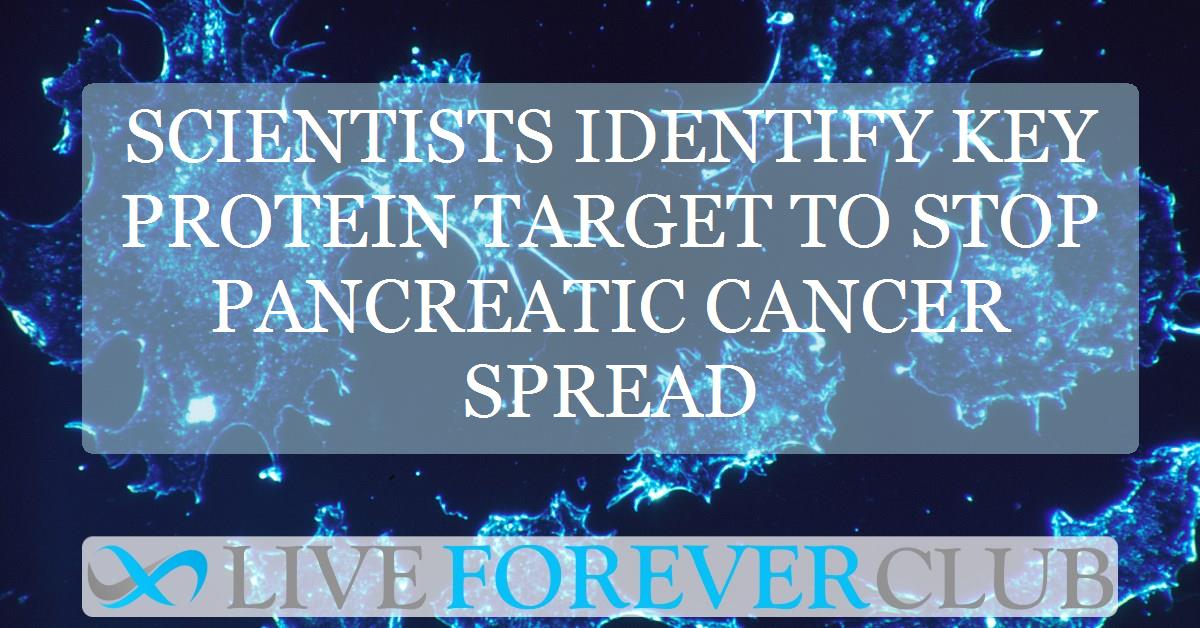Key points from article :
Scientists from the Institute of Cancer Research (ICR) in London have identified a promising new target for drug development that could help stop pancreatic cancer from spreading. Published in Nature, the study focused on pancreatic ductal adenocarcinoma (PDAC), the most aggressive and common type of pancreatic cancer. Researchers found that blocking a protein called SPP1 effectively reduced tumour growth and halted metastasis, offering new hope in a disease where survival rates remain devastatingly low.
The team analysed tumour samples from 644 patients and discovered that high levels of SPP1 were linked to advanced stages of pancreatic cancer and poorer patient outcomes. Using lab-grown mini tumours, they showed that disabling the gene responsible for SPP1 reduced both the size and number of tumours. In mouse models, the results were even more striking: while none of the mice with active SPP1 survived beyond 50 days, 20% of mice with the gene switched off lived for up to 400 days. Importantly, tumours in these mice did not spread, suggesting that targeting this protein could be key to slowing disease progression.
The research also revealed that blocking SPP1 increased levels of another protein, GREM1, which is associated with reducing cancer spread. This discovery points to a possible double benefit—suppressing a cancer-promoting protein while boosting one that helps limit tumour progression. According to Professor Axel Behrens, senior author of the study, the next challenge is to design drugs that can specifically inhibit SPP1, turning these early results into viable treatments for patients.
Pancreatic cancer is one of the deadliest cancers, with more than half of patients dying within three months of diagnosis. Experts like Professor Kristian Helin, chief executive of the ICR, and Anna Jewell of Pancreatic Cancer UK, stress that this breakthrough could open the door to desperately needed therapies. By preventing the cancer from spreading so quickly, new drugs targeting SPP1 may give more patients the chance of surgery, longer survival, and more time with their loved ones.







